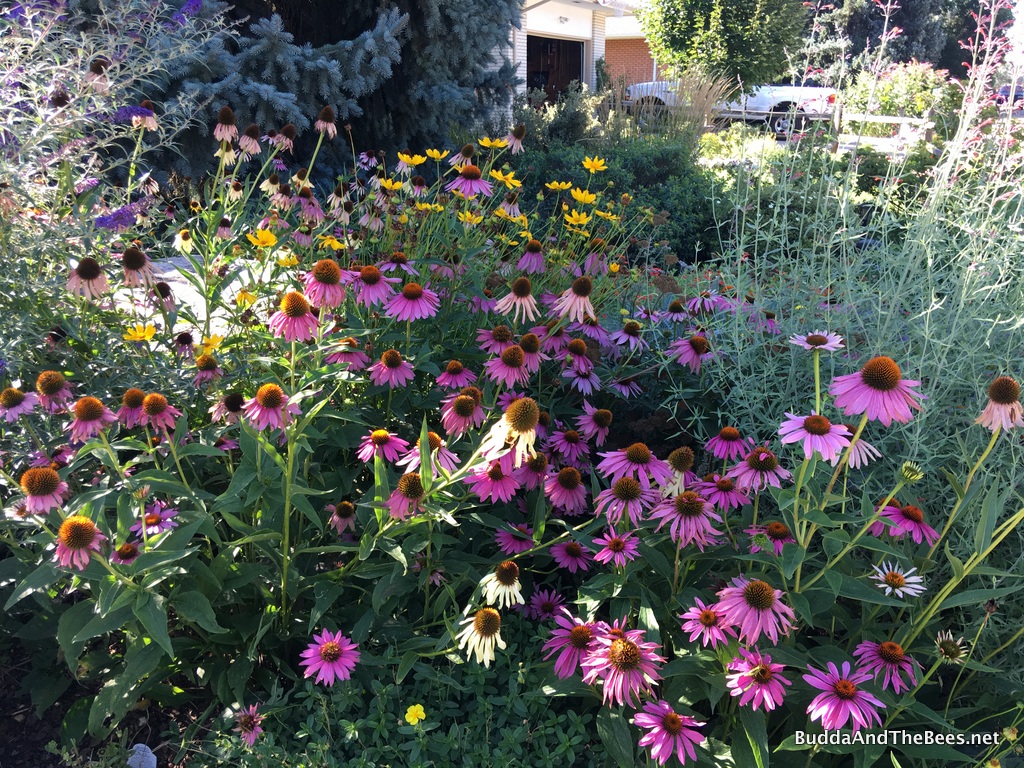Today was my first day of third-level yoga teacher training. This training takes three months to explore hand and arm balances. This is not an area I have explored in much depth, so I’m nervous about it, maybe a little more nervous than the last training, which focused on postures originating in the hip and lumbar spine. Back then I looked at photos of people in Padmasana, or lotus pose, and thought, “I can’t do that, so never mind teaching it!” To my delight, the first time I tried under Swami Devanada’s guidance I did it!
Today we tried Urdhva Dhanurasana, or wheel pose. It’s a huge backbend, maybe the hugest in yoga, and an arm balance. I don’t quite have the upper body strength to press myself up into the pose–yet–but I’m close.
In my beginner-friendly yoga class yesterday, I had two students who had never done yoga before. This morning I put myself in their place. This may in fact be the true purpose for this training–developing the humility to put myself back into beginner’s mind. These two students might have likely felt apprehensive in the same way I did this morning, as in, Can I do this? Will I be able to deal with it if I can’t? Will the teacher support me, no matter what happens? The answer to all three questions is yes.
Over the years, I’ve discovered encouraging words in my teaching. “Yet” is one of them. “I can’t do this,” one of the other students said this morning. “Yet,” I offered. “Yet” holds out hope that even though a student may not quite be there, with consistent practice over time they will get there. “Toward” is another. Instead of saying, “Place your hands on the floor” in Uttanasana, or standing forward bend, ” I’ve learned to say “Reach your hands toward the floor,” perhaps slipping a block under their fingertips to bring the floor closer.
When we stray outside our comfort zones, good things happen.





0 Comments